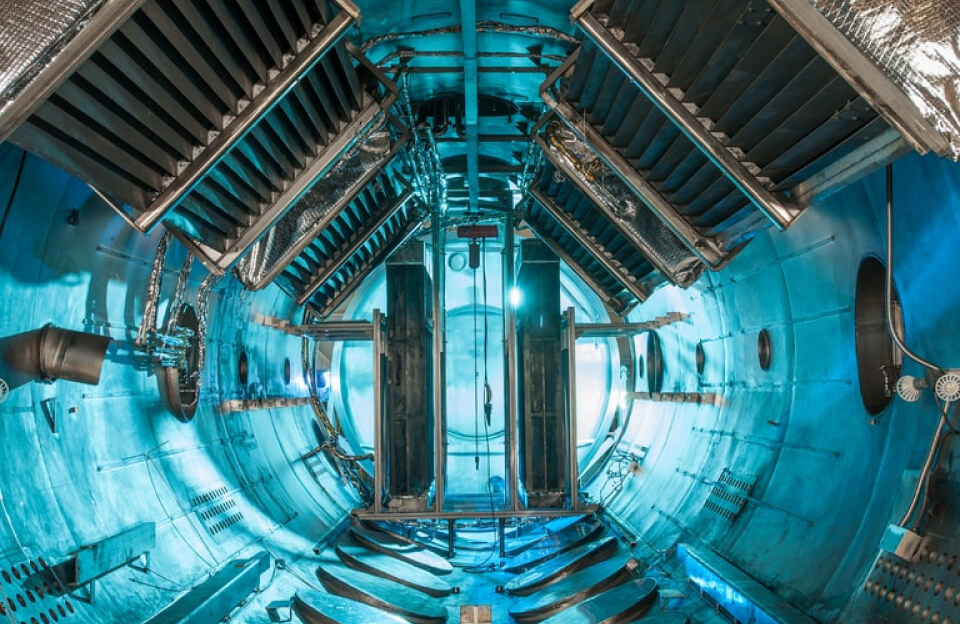Overview
Thousands of scientists and their supporters have taken to the streets in cities across the United States and abroad to protest policies implemented by the Trump administration that they view as hostile to science. These rallies, including the recent “Stand Up for Science” events, reflect a broad sense of urgency and concern within the scientific community regarding funding cuts, mass layoffs, and changes to the direction of federal research agencies.
Reasons Behind the Protests
- Budget Cuts and Layoffs: The Trump administration has made substantial cuts to science funding and terminated many scientists’ positions at federal agencies such as the NIH, EPA, NASA, and the National Science Foundation. Many fear this will permanently harm the future of American research.
- Erosion of Scientific Integrity: Protesters are responding to what they see as politically motivated interference in scientific research, including efforts to restrict research topics, control data sharing, suppress findings, and challenge the consensus on climate change and public health.
- International Solidarity: Protests have extended beyond the U.S., with scientists in France and elsewhere rallying in support, highlighting global concern over threats to open scientific collaboration and communication.
Scale and Locations of Rallies
- Protests have occurred in over 30 U.S. cities, including major gatherings in Washington, D.C., Boston, Denver, Seattle, and Trenton, New Jersey.
- International solidarity events were reported in multiple cities in France and other countries.
- Organizers encouraged those who could not attend to stage workplace walkouts as a show of unity.
Key Themes and Messages
- Protesters carried signs with slogans such as:
- “Scientists will not be silenced”
- “Facts over fear”
- “Science is the vaccine for ignorance”
- “In evidence we trust”
- Demands centered on:
- Evidence-based policymaking
- Restoration of research funding
- Protection of government science jobs and independence
Voices from the Scientific Community
- Researchers: Many scientists expressed fear that deep funding and staffing cuts will create a “lost generation” of researchers. Some reported direct impacts on their work, with fears that future funding opportunities may disappear.
- Prominent Figures: Speakers included leaders from the Union of Concerned Scientists, seasoned NIH researchers, university professors, and student scientists affected by the policies.
- Organizers: The current wave of protests was largely organized by early-career scientists and students, highlighting the next generation’s acute sense of risk.
Government and Public Response
While some officials noted the right of scientists to speak out, others dismissed the rallies as politicized. Critics argued that such demonstrations risk further polarizing public trust in science.
Looking Forward
Protesters and organizers acknowledge that rallies alone are unlikely to bring immediate change. Their goal is to maintain visible, ongoing advocacy for science, pushing for policy reversals and sustained support for research in the coming months.
The current wave of mobilization echoes the 2017 and 2018 March for Science movements, but with renewed urgency in the face of what many in the community now call a “five-alarm fire” for American research. As mass layoffs and funding threats continue, the scientific community is determined not to be silenced, voicing their determination to defend the integrity and future of science in the United States.


